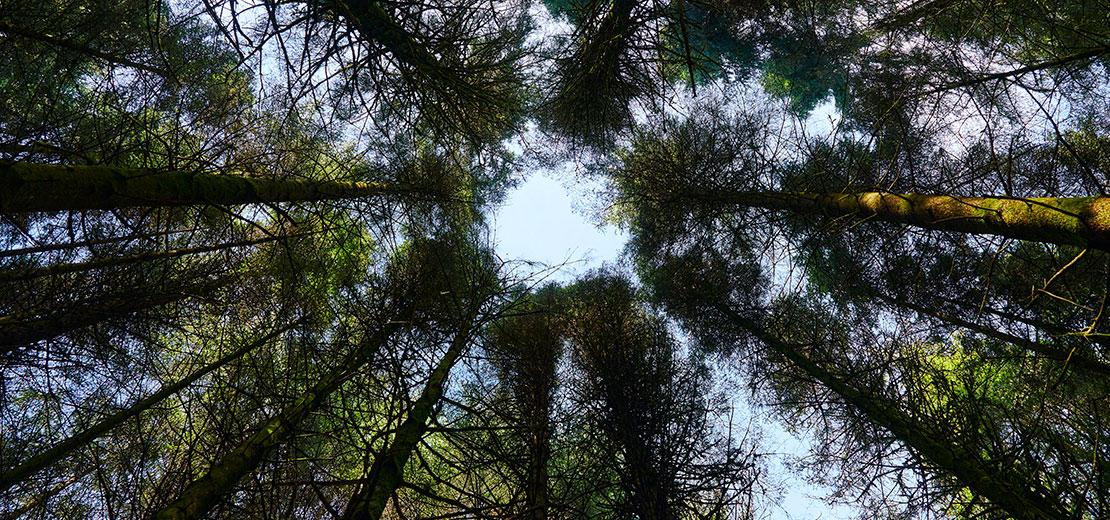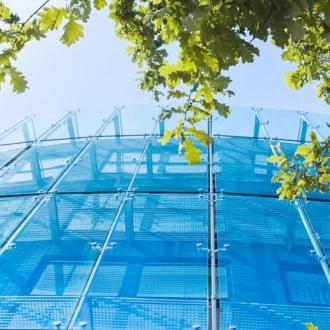Your guide
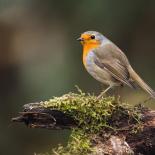
Making space for nature
Climate change is already impacting nature in Scotland, with 49% of species declining in numbers. But there is hope. There are things we can all do, in our gardens or when we’re out and about, that will make a real difference for nature, while also helping to combat the climate emergency. Here’s how to help protect and restore our beautiful and valuable natural world.
Why nature matters
We’re not just living through a climate emergency. There’s a nature emergency too.
With 90,000 different animal and plant species, Scotland is home to incredible biodiversity, and our natural, awe-inspiring landscapes and habitats have shaped much of our history, culture, and identity.
Nature is our greatest national asset. It’s the bedrock of all we do; our communities, economy, jobs, health, and wellbeing depend on it.
25%
of Scotland's wildlife has been lost
But a tragic consequence of climate change is that nature in Scotland is under threat, which in turn is impacting nature’s ability to help us tackle the climate emergency.
By protecting and restoring nature in our everyday lives, we’ll be ensuring our own health and wellbeing, while also helping to tackle climate change. This means both people and planet will win.
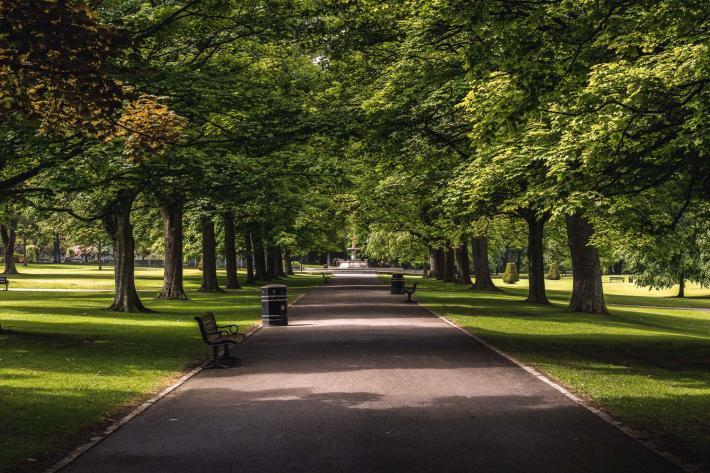
Nature’s role in tackling climate change
The climate and nature crises are intrinsically linked. They are both the result of stretching the natural systems of our planet beyond sustainable limits. We have been using up nature’s resources faster than they can be replenished, and we have overfilled our planet’s sinks with waste, from plastic in the ocean to greenhouse gases in the atmosphere.
That’s why we must tackle both crises together. Our response needs to recognise the links and the potential for joined up approaches, including nature-based solutions.
30%
Nature-based solutions could meet at least 30% of global net zero targets.
Creating and restoring natural habitats can benefit biodiversity and play a major role in mitigating climate change. Natural assets like woodland, peatland and marine habitats take carbon out of the atmosphere, as well as provide natural protection against the consequences of climate change like floods, drought, and wildfire.
We need a future that embraces and protects nature to meet the significant challenge of the twin climate and nature emergencies, and we can only achieve this by preventing further biodiversity loss. We must protect, restore, and enhance our lands, seas, and the species that inhabit them.
50%
Ocean and land ecosystems can remove around 50% of human-made CO2 emissions globally each year.
Chat to your friends and family about ways to protect the environment
What Scotland's doing
The Scottish Government have already taken great steps for a nature positive Scotland, where biodiversity is regenerating and underpinning a healthy and thriving economy and society, as well as playing a key role in addressing climate change.
Protecting and restoring nature
The Low Carbon Fund has helped with the cost of extensive replanting projects. We’ve created 33,000 hectares of new woodland in the last three years – that’s the equivalent of nearly 66 million trees!
33,000
hectares of new woodland created in the last 3 years
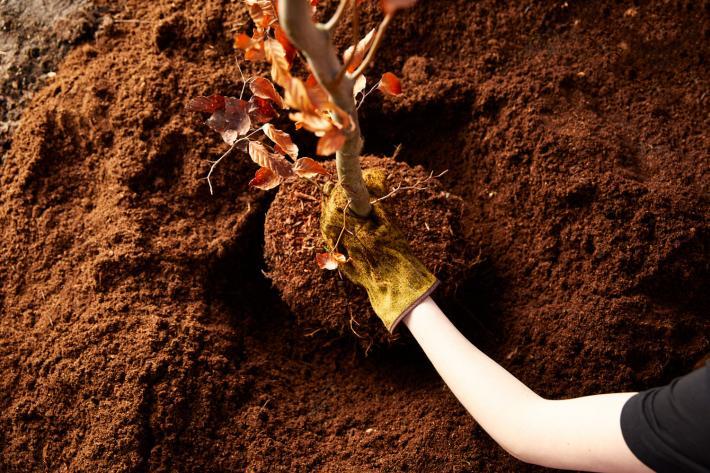
Projects like Peatland Action have restored 25,000 hectares of Scotland’s peatland since 2012. Woodland, peatland and marine habitats like kelp and reefs are rich storers of carbon, which helps tackle the global climate emergency. That’s why it’s so important we protect and invest in them.
Additionally, the effects of extreme weather can be reduced significantly by the restoration and protection of natural features. Coastal towns can be protected against flooding with sand dunes and marram grass, and woodland restoration can improve soil quality and reduce soil erosion.
Find out more about nature-based solutions at NatureScot
The Nature Restoration Fund supports ambitious action to put Scotland’s lands, seas, and wild species back on the road to recovery. Since launching in 2021, it has awarded around £17 million to 127 projects across Scotland.
You can read about the Nature Restoration Fund, or even apply for funding, at NatureScot
Restoring nature in urban spaces
Natural restoration also includes urban spaces. Urban spaces with both green (plants and trees) and blue (ponds, lakes, and drainage) infrastructure are more resilient, pleasant, and healthy places to be. Plus spending time in green spaces like parks and public gardens helps to improve our mental and physical health.
Planting more trees alone improves the local air quality and can cool urban spaces by as much as 8°C. Trees also reduce rainwater run-off, meaning less sediments and contaminants enter the drainage systems.
Exciting innovation is also happening in urban settings. Projects like the University of Glasgow’s green screens use ivy ‘fences’ to buffer against airborne pollution.
There are things we can all do, every day, to help reduce emissions – especially leaving the car at home more and opting for active travel instead.
8°C
Planting more trees alone improves the local air quality and can cool urban spaces by as much as 8°C
Get ideas for reducing your car journeys to help make Scotland a healthier, fairer and greener place to live.
Resources and links
NatureScot
Working to protect and improve Scotland's environment
Keep Scotland Beautiful
Combatting climate change, reducing litter and waste, and protecting and enhancing the places we care for
Take action starting now
To achieve net zero by 2045, we must take action now. Start here to find ways that you can make changes in your life at home and on the go.
